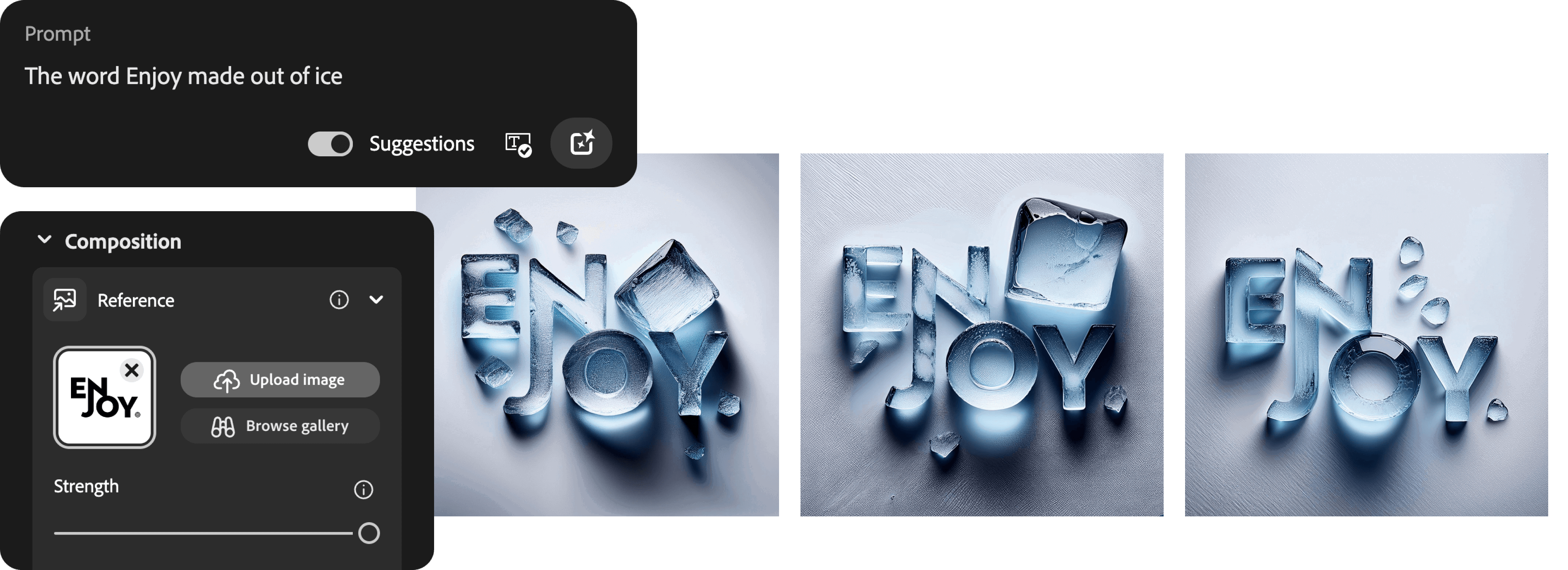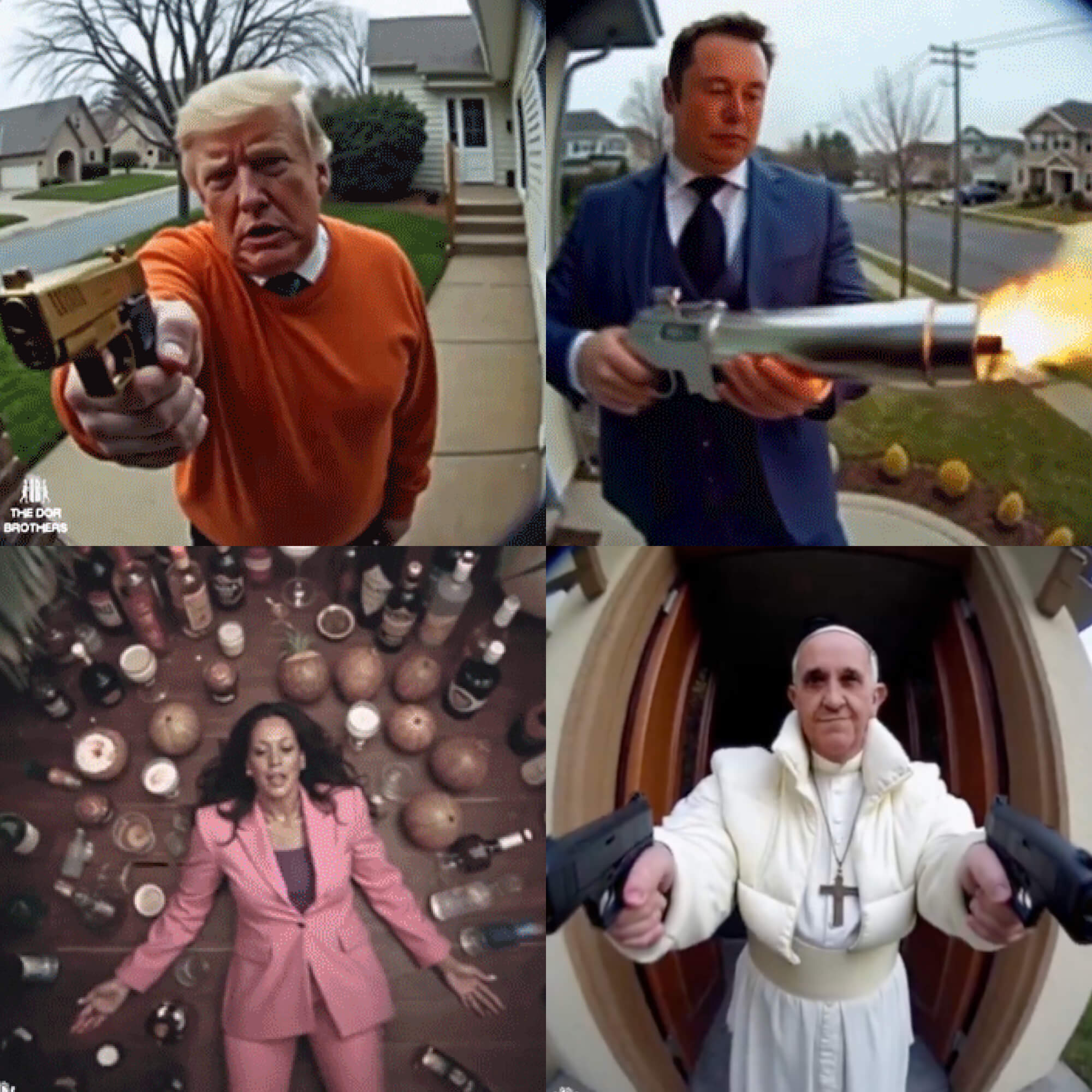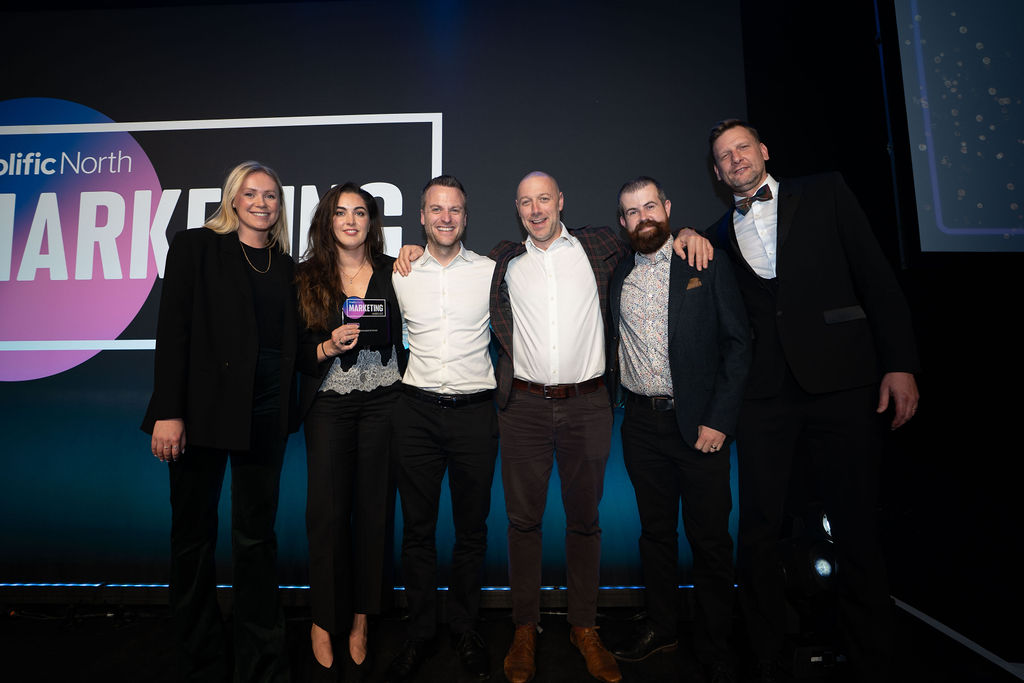Tools allowing you to generate creative assets from simple written prompts have come on leaps and bounds in the last 12 months, broadening in scope to include audio, video, and images.
We look at some of the most commonly used tools you can start using today and how to get the best out of them, as well as try to cut through some of the hype to help you avoid common pitfalls.
This article was originally presented by myself and our Creative Digital Designer Matt Simpson to the rest of Enjoy as part of our regular all-agency meetings.
Whilst Matt specialises in creative design my role is focused more on the user experience side, giving us a broader understanding of how AI and generative design is likely to affect our industry.
By sharing these types of insights with the wider agency we can keep abreast of the latest trends and important changes, ensuring we create the best possible work for our clients.
In a previous article from November 2023 we looked at the story so far with generative AI tools, touched on some of the issues surrounding them - such as legality when using the results commercially - as well as some of the limitations you may run into.
Whilst some of these issue remain, the consistency and reliability of many AI tools has greatly improved.
Giving a good reference
One key advancement is the ability to use reference imagery in our preferred tool, Adobe Firefly. Selecting an image from Adobe’s gallery or uploading your own allows you to ‘lock in’ the composition whilst Firefly’s AI generate results on top of this. In practice, this means you can create more reliable results when you want an image that’s different - but not too different.
For example, we asked Firefly to generate “the word Enjoy made out of ice” and purposefully did not give it a reference image to work from. These are the results:

Perfectly adequate but let’s try it again - “the word Enjoy made out of ice” - with the Enjoy logo as a reference image:

This returns a much more consistent set of results. Why does this matter? By spending less time guessing what the output of your AI tool is going to be you can spend more time getting on with your regular design work and less time tinkering with prompts to get the desired result.
Cloud software
We’re big fans of Figma and use it for the majority of our creative work, so were intrigued when the company launched a suite of AI-powered features earlier this year.
Whilst the use of AI to automate rote tasks like renaming layers or writing dummy text was greatly appreciated it was the AI Generate feature that most caught our attention. Offering the ability to create designs from just a simple prompt, the feature was quickly pulled after it could reliably generate designs that veered extremely close to existing - and copyrighted - work from tech giants such as Apple.
Figma AI looks rather heavily trained on existing apps.
— Andy Allen (@asallen) July 1, 2024
This is a "weather app" using the new Make Designs feature and the results are basically Apple's Weather app (left). Tried three times, same results. https://t.co/Ij20OpPCer pic.twitter.com/psFTV6daVD
As you can see, asking Figma AI to create a “weather app” generated designs that might look familiar to iPhone users, with results looking not-too-dissimilar to the built-in iOS Weather app.
Whilst Figma has since explained that this was due to a lack of quality assurance when it came to adding design to the training data, the key takeaway here is that AI still isn’t the silver bullet some think it is. Understanding what your preferred AI model has been trained on and where it’s getting its source data, as well as vetting the results carefully, is still very important.
We’re following new developments in this area - such as the forthcoming GenStudio - closely. Whilst the tool’s creator Adobe positions this as a more ‘brand-safe’ AI tool that will be trained on your existing brand guidelines, image library and product descriptions it remains to be seen whether the results it creates will be as reliable - or unique - enough to power your marketing campaigns.
Sound & Vision
Recent advancements in AI aren’t limited to just image generation, with both audio and video tools improving at a rapid pace.
Stock music and video library providers Artlist recently introduced their Voiceover feature, allowing you to rapidly generate an audio voiceover based on a script. Choosing from a wide range of voice styles - think “polished”, “unfiltered”, or “rural” - you can then fine-tune the speed and emotional range to get the desired results.
You can hear a few examples in this glossy promotional video from Artlist announcing the feature:
Whilst text-to-speech generation isn’t new, having been used in accessibility software for decades, the speed and quality that tools like Artlist can produce results at are what makes it stand out. With results improving all the time, adding an AI voiceover to your next marketing campaign isn’t out of the question.
AI video generation has perhaps seen the most noticeable increase in quality in the last 12 months. You may have seen memes such as this on social media, where tools like Viggle have been used to re-map a character onto existing footage:
In turn, companies have re-mixed this footage again using the same software to create their own takes on it. Whilst it’s all very light-hearted, it shows that this kind of technology is starting to break into the mainstream as a way to engage with your online audience.
The results of these kinds of video tools still aren’t perfect but they’re still leaps and bounds ahead of what was created just a year ago (remember Will Smith eating spaghetti in 2023?). Could 2025 be the year AI video really takes off?

A moral maze
With the bar to entry for AI generation tools now so low there’s a question to be asked about whether we’re putting real creatives out of work. Whilst we’ve seen that there’s still a certain amount of hand-holding required with these tools this will only decrease as they become more sophisticated and reliable.
There’s also a potential minefield of moral issues, especially with AI video generators which can easily create content based on public figures without their consent. Savvy consumers may be able to spot these kinds of videos - especially when they’re clearly created to be humorous - but you shouldn’t rely on this.
“ChatGPT, summarise this article for me”
Generative AI is one of the most exciting and fast-moving areas in the creative industry, with newcomers such as Figma as well as industry stalwarts such as Adobe embracing it to various degrees of success. The speed at which you can generate assets, as well as the rapidly improving quality, is truly impressive to see.
Whilst it may be tempting to forge ahead with AI at the heart of everything you create, there’s still a note of caution here:
-
Take the time to find out what data your AI tool has been trained on so you don’t end up in legal hot water
-
Check the commercial legality of anything you create before using it in any of your own work
-
AI tools are improving rapidly but still aren’t perfect, so make it clear when you’re using these kinds of tools before you’re ‘found out’ by customers
We’re looking forward to seeing how these tools develop and how we may use them to augment our creative work in the future. Do you have an upcoming creative brief you think we could help with? We’d love to hear from you, just click here to contact us.
And if you’d like to see some of our other creative work then take a look at some of our case studies.




